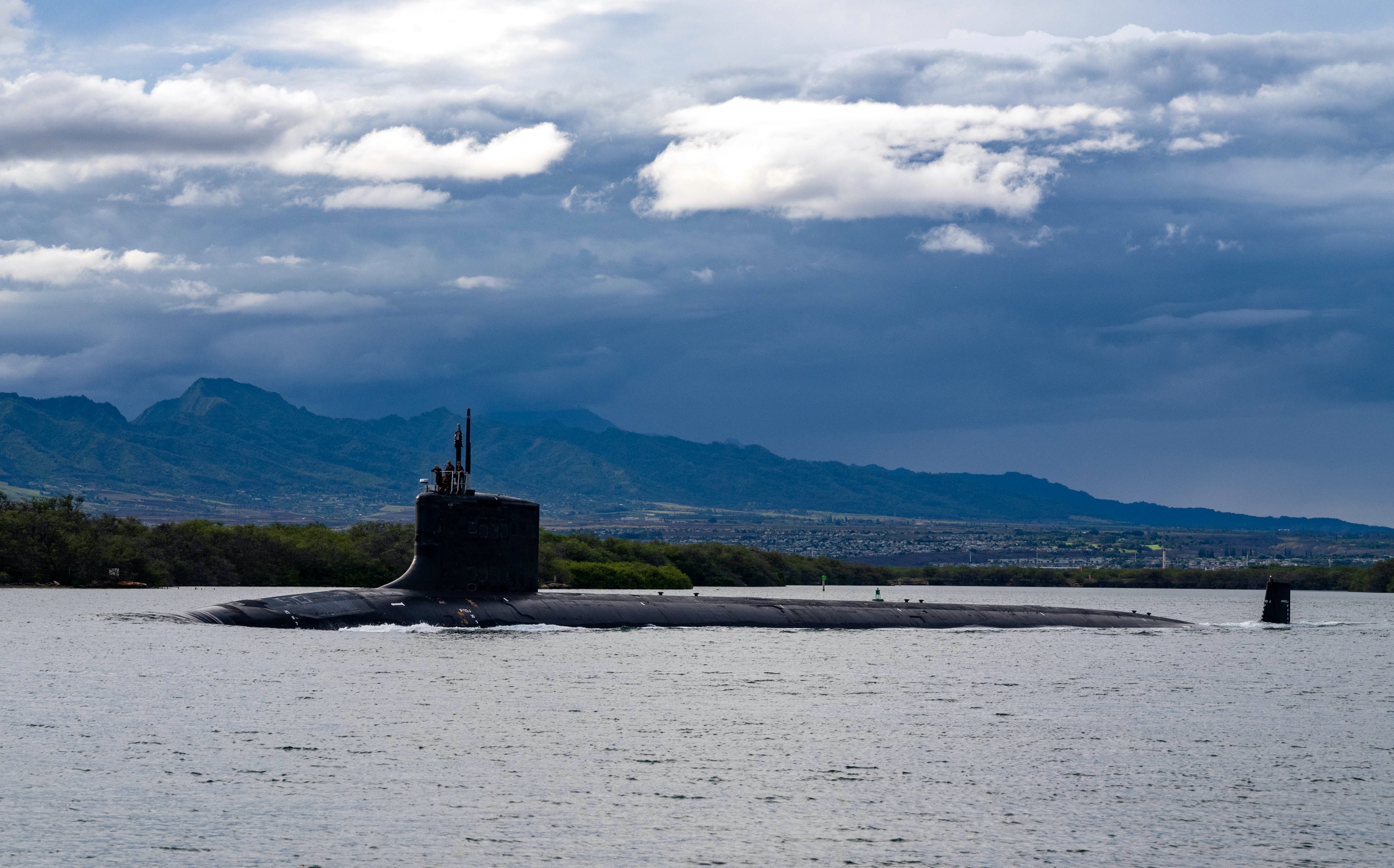The following is the Jan. 2, 2018 Congressional Research Service Armed Conflict in Syria: Overview and U.S. Response.
From the report
The Syria conflict, now in its eighth year, presents significant policy challenges for the United States. (For a brief conflict summary, see Figure 2). U.S. policy toward Syria since 2014 has prioritized counterterrorism operations against the Islamic State (IS, also known as ISIL/ISIS), but also has included nonlethal assistance to Syrian opposition groups, diplomatic efforts to reach a political settlement to the civil war, and humanitarian aid to Syria and regional countries affected by refugee outflows. U.S. forces deployed to Syria have trained, equipped, and advised local partners under special authorization from Congress and, as of December 2018, have worked primarily “by, with, and through” those local partners to retake nearly all areas formerly held by the Islamic State.
Following an internal policy review, Administration officials in late 2018 had described U.S. policy towards Syria as seeking (1) the enduring defeat of the Islamic State; (2) a political settlement to the Syrian civil war; and (3) the withdrawal of Iranian-commanded forces. President Trump’s December 2018 announcement that U.S. forces had defeated the Islamic State and would leave Syria, signaled the start of a new U.S. approach. Questions remain about how the withdrawal will be implemented, what effects it will have on existing U.S. programs, and how U.S. priorities in Syria may change.
The United States continues to advocate for a negotiated settlement between the government of Syrian President Bashar al Asad and Syrian opposition forces in accordance with U.N. Security Council Resolution 2254 (which calls for the drafting of a new constitution and U.N.-supervised elections). However, the Asad government use of force to retake most opposition-held areas of Syria has reduced pressure on Damascus to negotiate. U.S. officials have stated that no aid will be contributed to reconstruction in Asad-held areas unless a political solution is reached.
The United States has directed more than $9.1 billion toward Syria-related humanitarian assistance, and Congress has appropriated billions more for security and stabilization initiatives in Syria and neighboring countries. However, the withdrawal of U.S. military forces may affect U.S. involvement in those programs. The Defense Department has not disaggregated the costs of military operations in Syria from the overall cost of the counter-IS campaign in Syria and Iraq (known as Operation Inherent Resolve, OIR), which had reached $26.2 billion by June 2018. President Trump requested $15.3 billion in additional FY2019 defense funding for OIR, but it is unclear how changes to U.S. military operations in Syria may affect the Defense Department’s use of appropriated funds. The FY2019 National Defense Authorization Act (P.L. 115-232) requires the Administration to clarify its Syria strategy and report on current programs in order to obligate FY2019 defense funds for train and equip purposes in Syria.
The 115th Congress considered proposals to authorize or restrict the use of force against the Islamic State and in response to Syrian government chemical weapons attacks, but did not enact any Syria-specific use of force authorizations. The 116th Congress may seek clarification from the Administration concerning its overall Syria policy, plans for the withdrawal of U.S. military forces, the U.S role in ensuring a lasting defeat for the Islamic State, U.S. investments and approaches to post-conflict stabilization, the future of Syrian refugees and U.S. partners inside Syria, and the challenges of dealing with the Iran- and Russia-aligned Asad government.
Download document here.





